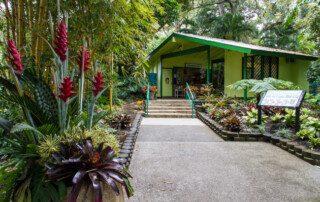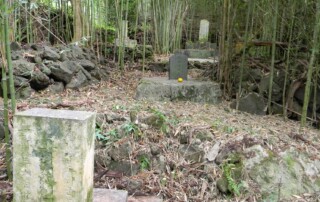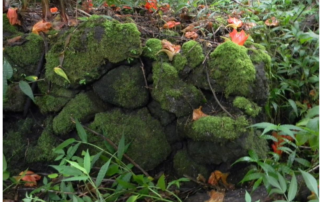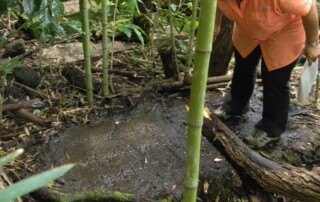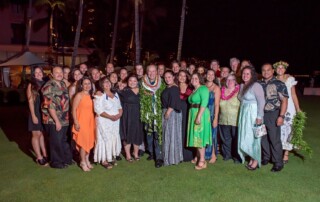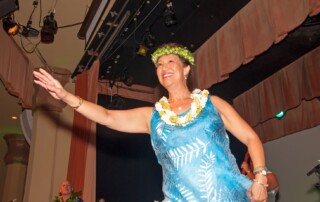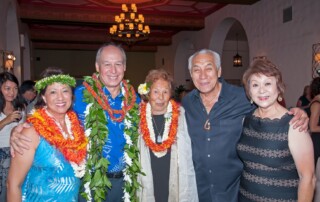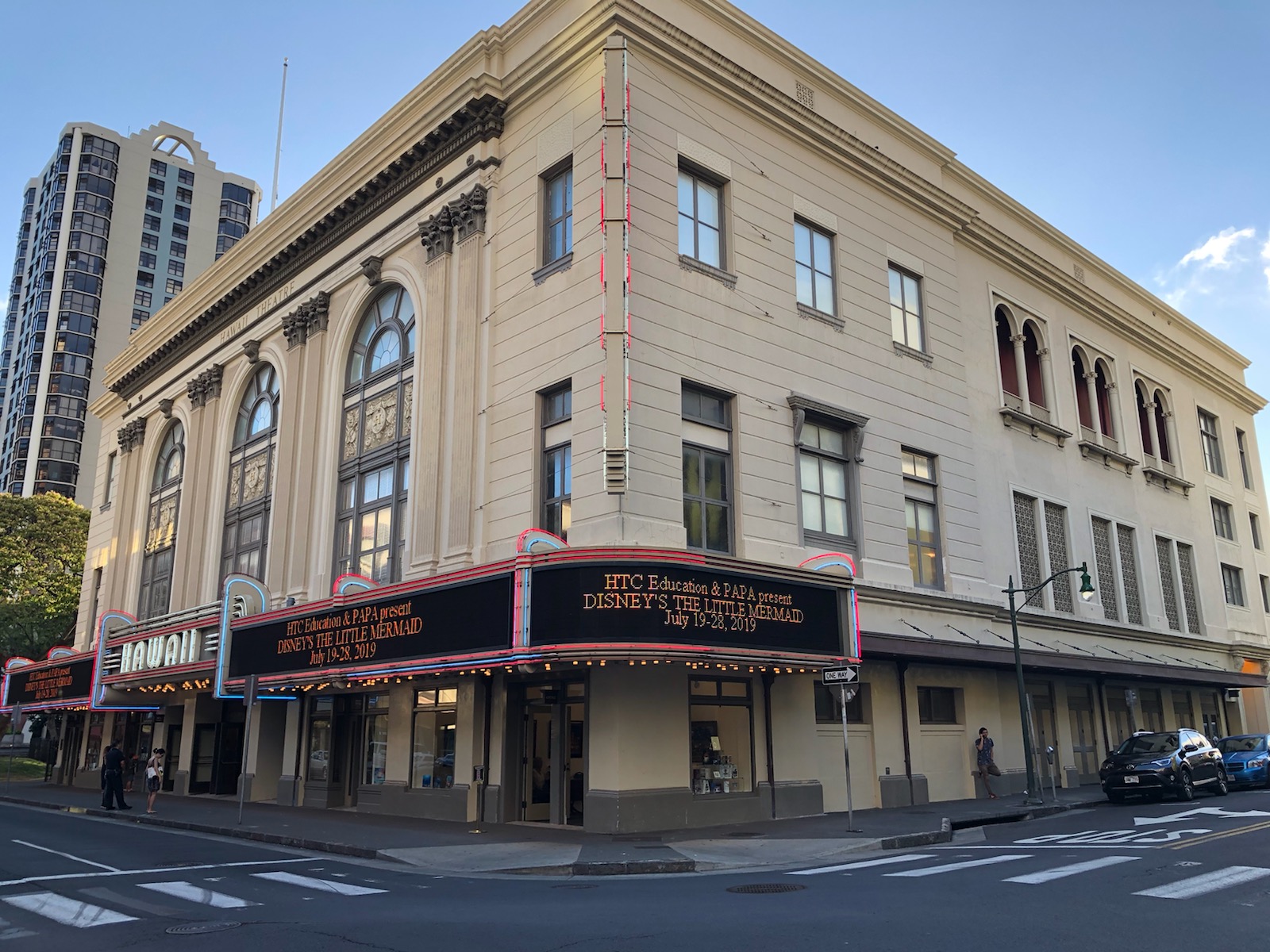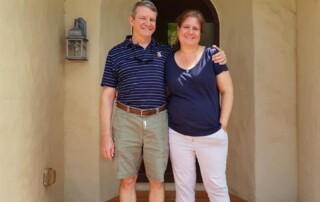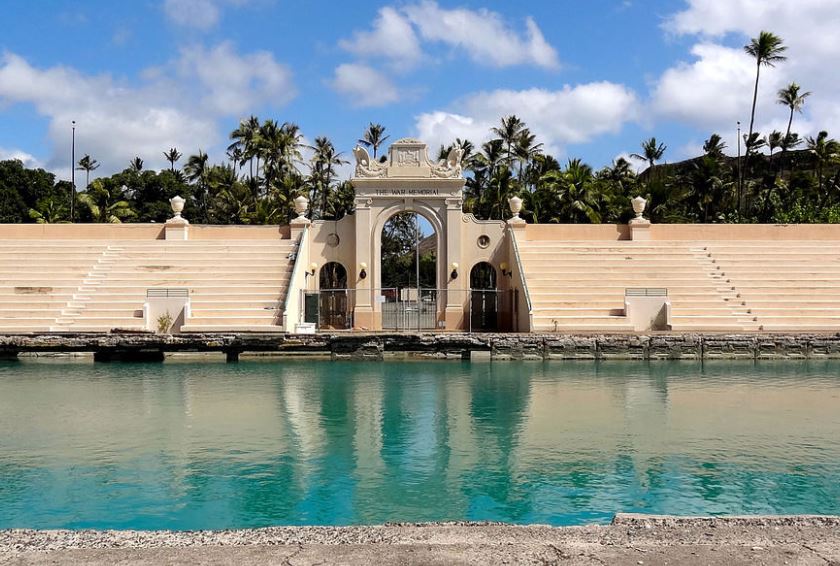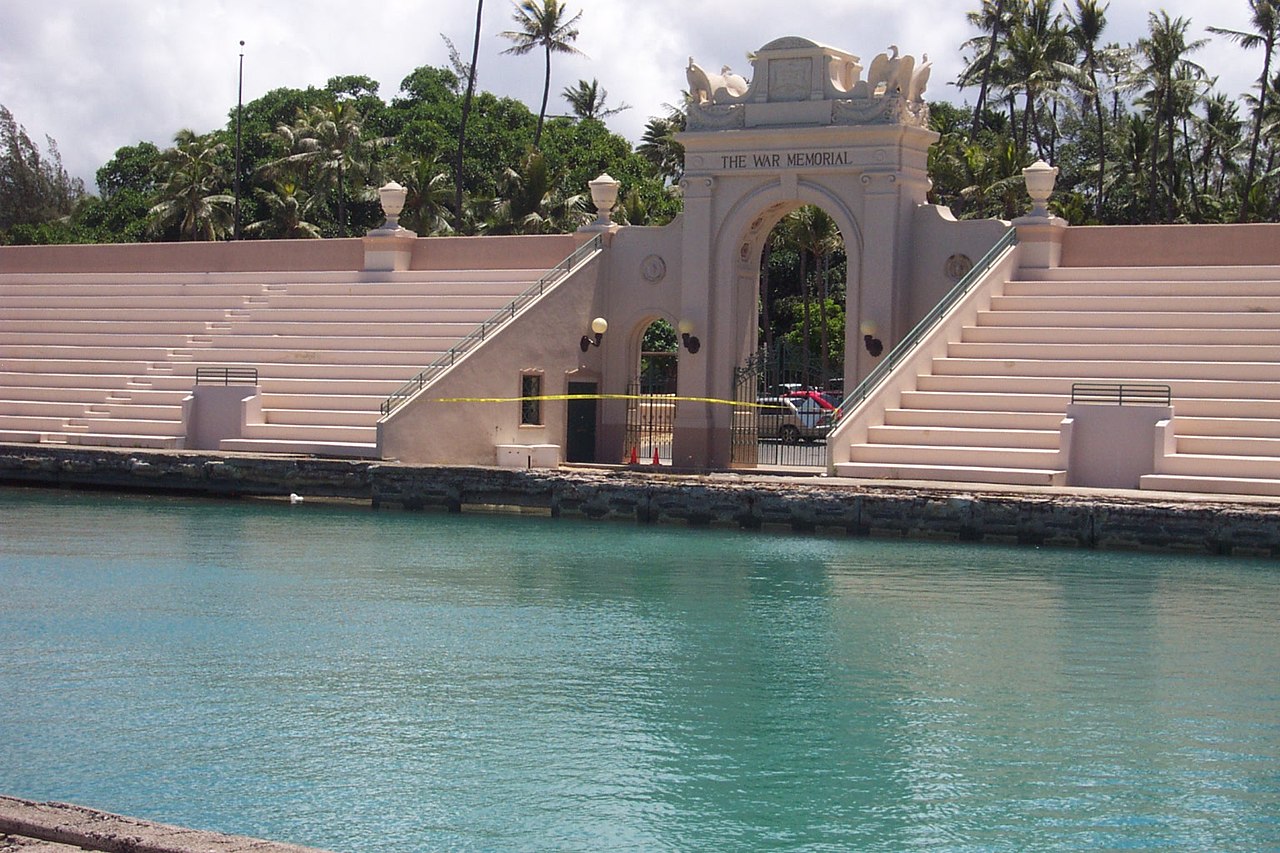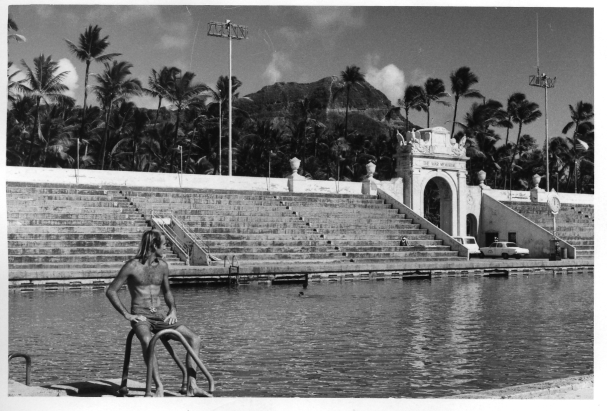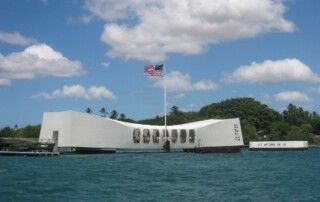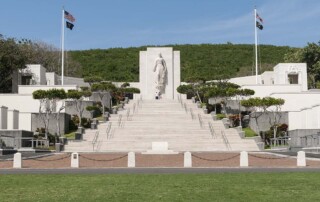Honolulu Zoning Committee Opposes Consideration to Repeal Preservation Commission
1/14/21: The Honolulu City Council Committee on Zoning and Planning rejected the proposal to repeal the O‘ahu Historic Preservation Commission at its hearing on January 14, 2021. Councilmembers said that they preferred to review the ordinance, address any out of date or unworkable provisions, and then to refresh and strengthen the ordinance. Councilmembers Kia‘āina and Cordero said they would work with stakeholders to review and propose amendments to improve the existing ordinance. The committee said that “repeal is out of the question” and they much prefer to utilize this tool to ensure a robust historic preservation program for the City & County of Honolulu. Historic Hawai‘i Foundation thanks the Councilmembers for their thoughtfulness and openness to new information, and to members of the public who shared the importance of historic and cultural resources for O‘ahu’s communities. 1/13/21: The proposal to repeal the O‘ahu Historic Preservation Commission is being considered at a public hearing on Thursday, January 14 at 9:00 a.m. See below for background and context related to the proposal. Historic Hawai‘i Foundation opposes the proposal. The City and County of Honolulu City Council Committee on Zoning, Planning and Housing will consider the measure at the request of the Department of Planning and Permitting. Submit written testimony by 9:00 a.m. on Thursday, January 14 and/or testify virtually. Click here to submit online testimony. Agenda item is CC-215. Click here for the MEETING AGENDA. Click here to read the Draft Committee Report on the Review and Evaluation of the O‘ahu Historic Preservation Commission CC-215(20) See sample testimony below. 8/25/20: A proposal to repeal the O‘ahu Historic Preservation Commission will be the subject of the public hearing on Thursday, August 27. Historic Hawai‘i Foundation opposes the [...]


